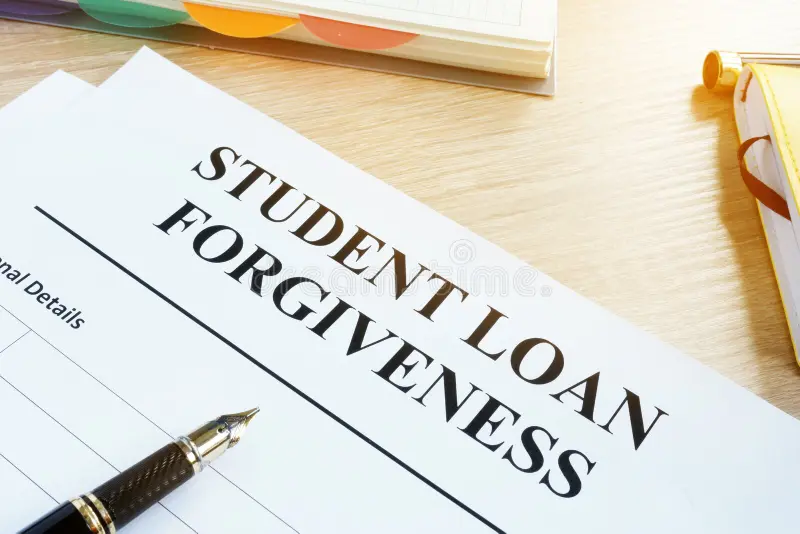
Introduction:
Student loan debt can be a significant burden for many individuals pursuing higher education. Fortunately, student loan forgiveness programs offer relief and a path towards financial freedom for eligible borrowers. In this article, we will explore the concept of student loan forgiveness, the different forgiveness programs available, and the criteria for qualification. Understanding these options can help borrowers navigate their debt repayment journey with greater confidence.
1. What is Student Loan Forgiveness?
It is a program that allows eligible borrowers to have a portion or the entirety of their student loan debt forgiven, meaning they are no longer required to repay the remaining balance. This can provide substantial relief for borrowers who may be facing financial challenges or have significant loan burdens.
2. Federal Student Loan Forgiveness Programs
a) Public Service Loan Forgiveness (PSLF):
PSLF is designed for individuals working in qualifying public service jobs, such as government, non-profit organizations, or certain public schools. After making 120 qualifying monthly payments under a qualifying repayment plan, borrowers may apply for loan forgiveness.
b) Teacher Loan Forgiveness:
This program is specifically for teachers who work in low-income schools and have been employed as full-time teachers for at least five consecutive years. Eligible teachers may receive forgiveness of up to $17,500 on their Direct Subsidized and Unsubsidized Loans or Subsidized and Unsubsidized Federal Stafford Loans.
c) Income-Driven Repayment (IDR) Forgiveness:
Borrowers enrolled in Income-Driven Repayment plans may have any remaining loan balance forgiven after making qualifying payments for 20 or 25 years, depending on the specific IDR plan.
3. State and Employer-Sponsored Loan Forgiveness
Some states and employers offer their own student loan forgiveness programs to incentivize individuals to work in certain high-need professions or underserved areas. These programs vary by state and employer, and eligibility criteria may differ accordingly.
4. Important Considerations
a) Qualification Requirements:
Each forgiveness program has specific eligibility requirements, such as employment duration, repayment plan type, and timely payment history. Understanding these criteria is crucial to determine if a borrower qualifies for forgiveness.
b) Tax Implications:
For certain loan forgiveness programs, the forgiven amount may be considered taxable income in the year it is forgiven. Borrowers should be aware of potential tax implications and plan accordingly.
c) Program Changes:
Student loan forgiveness programs may be subject to changes in legislation or policy. Staying informed about updates is essential to take advantage of available opportunities.
Conclusion
Student loan forgiveness programs offer a glimmer of hope for borrowers burdened with student debt. By understanding the various federal, state, and employer-sponsored forgiveness options, eligible borrowers can explore opportunities for debt relief and pursue a path toward financial freedom. Remember to research the specific requirements and plan strategically to maximize the benefits of student loan forgiveness while staying informed about potential program changes. With a proactive approach and a clear understanding of available options, borrowers can navigate their student loan repayment journey with confidence and ease.